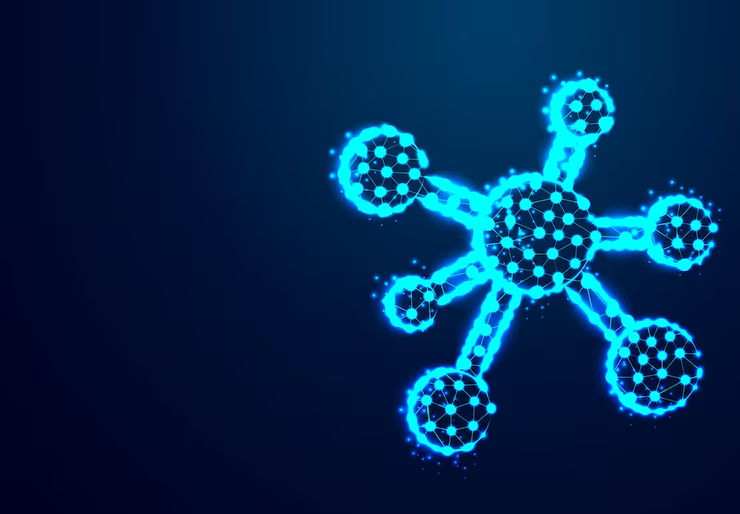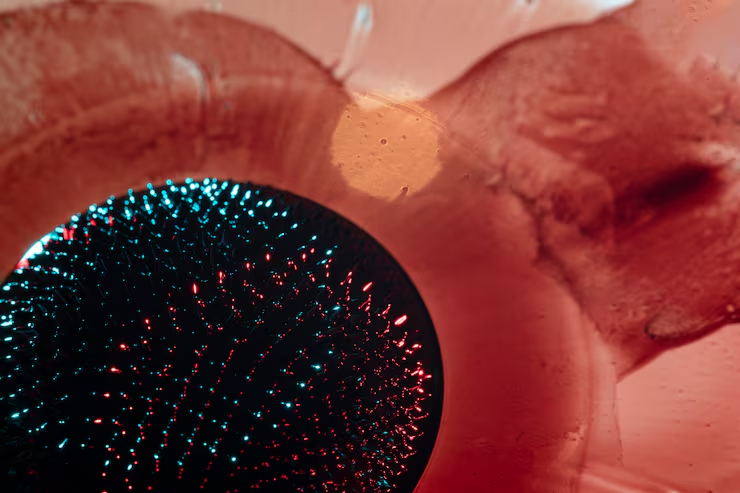Introduction
Nanotechnology has revolutionized various industries by offering innovative solutions and materials with unique properties. Nano-ferrites and nano-orthoferrites powders are among the key advancements in this field, showing great potential for applications in modern industries. In this article, we will explore the advantages of nano-ferrites and nano-orthoferrites powders, their properties, and their wide range of applications in different industries.
Understanding Nano-ferrites and Nano-orthoferrites Powders
What are nano-ferrites and nano-orthoferrites powders?
Nano-ferrites and nano-orthoferrites powders are magnetic materials that are typically composed of iron oxide (Fe3O4) or iron orthoferrite (Fe5O12) nanoparticles. These nanoparticles have a size range of 1-100 nanometers, which gives them unique properties and advantages over their bulk counterparts.
Properties of nano-ferrites and nano-orthoferrites powders
Nano-ferrites and nano-orthoferrites powders exhibit several unique properties, including high magnetization, excellent chemical stability, and tunable magnetic properties. They also have a high surface area to volume ratio, which enhances their reactivity and makes them suitable for various applications.
Advantages of Nano-ferrites and Nano-orthoferrites Powders
Enhanced magnetic properties
One of the major advantages of nano-ferrites and nano-orthoferrites powders is their enhanced magnetic properties. The small particle size allows for improved magnetization, making them highly effective in applications such as magnetic storage devices, magnetic sensors, and electromagnetic interference shielding.
Versatile applications in electronics and telecommunications
Nano-ferrites and nano-orthoferrites powders find extensive applications in the electronics and telecommunications industries. Due to their high magnetic permeability and low electrical conductivity, they are used in the fabrication of inductors, transformers, microwave devices, and magnetic resonance imaging (MRI) systems. Their small size also enables miniaturization of electronic components, leading to smaller and more efficient devices.
Biomedical applications
Nano-ferrites and nano-orthoferrites powders have shown great potential in biomedical applications. Their biocompatibility and magnetic properties make them suitable for targeted drug delivery, hyperthermia cancer treatment, and magnetic resonance imaging (MRI) contrast agents. They can be functionalized with biomolecules to specifically target cancer cells and deliver therapeutic agents.
Environmental applications
The unique properties of nano-ferrites and nano-orthoferrites powders also make them valuable in environmental applications. They can be used in the removal of heavy metals from water through adsorption and magnetic separation processes. Additionally, they have been explored for the degradation of organic pollutants through advanced oxidation processes.
Energy storage applications
Nano-ferrites and nano-orthoferrites powders have gained attention in energy storage applications. They can be used as electrode materials in lithium-ion batteries, supercapacitors, and fuel cells. Their high surface area and tunable magnetic properties allow for improved charge storage and enhanced energy efficiency.
Challenges and Future Outlook
While nano-ferrites and nano-orthoferrites powders offer numerous advantages, there are still some challenges to overcome. The synthesis of these powders requires specialized techniques, and their stability and long-term performance need to be thoroughly investigated. Additionally, the potential health and environmental impacts of these nanoparticles should be carefully evaluated.
Looking ahead, further research and development are needed to explore the full potential of nano-ferrites and nano-orthoferrites powders. Advancements in synthesis techniques, characterization methods, and application-specific modifications will unlock new opportunities for their use in various industries.
Conclusion
Nano-ferrites and nano-orthoferrites powders have emerged as promising materials with unique properties and advantages in modern industries. Their enhanced magnetic properties, versatile applications, and potential in electronics, telecommunications, biomedicine, environmental remediation, and energy storage make them invaluable to various sectors. As research and development continue, we can expect to see even more innovative applications and advancements in this exciting field of nanotechnology.





